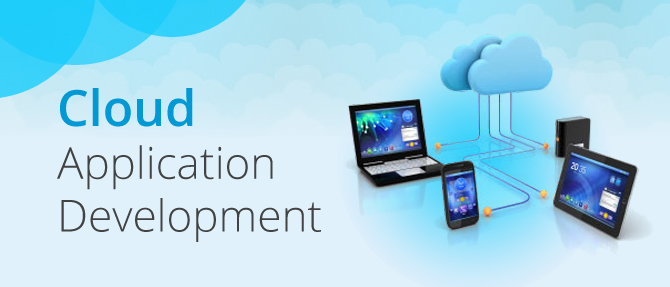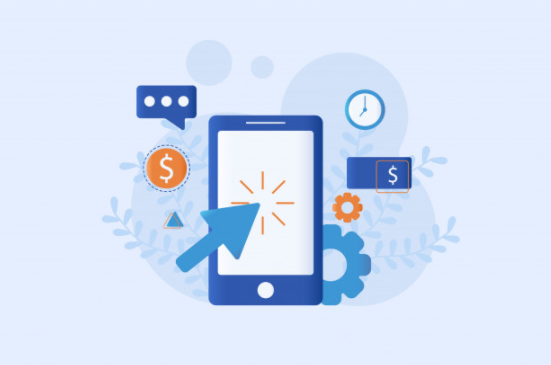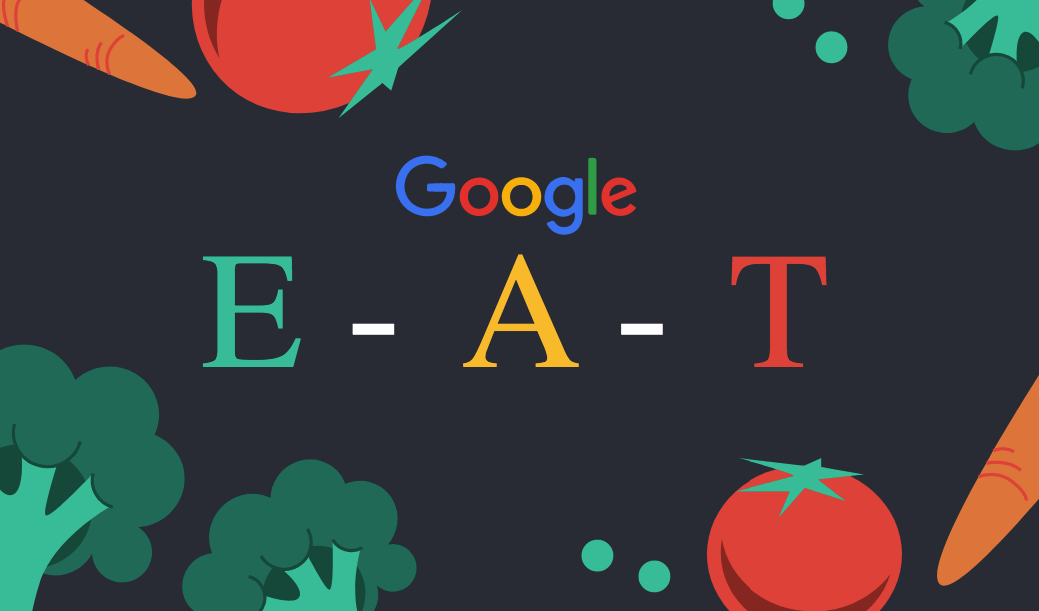A cloud application is a software program with its complete or partial data storage and logic processed in the cloud. Both the local device and cloud sync together to manage the processing of data. From a user point of view, there is no difference between a standard and cloud-based application. However, cloud-based applications make a big difference for businesses.
Cloud applications can be considered as a standard website with the difference that the data processing and computing are done on the cloud through an application program interface or API. To build cloud-based applications, you can either contact a reliable custom mobile app development company or hire dedicated developers.
- The data of the app is stored in cloud infrastructure and could be accessed on the user’s request.
- Users can also work offline as the information gets stored on their device and accessed when required. The updated info can be synced and stored on the cloud as soon as the device connects to the internet.
- A cloud application can be accessed via a smartphone, tablet, or computer connected to an internet network.
Table of Contents
What are the types of cloud applications?
Before you begin developing a cloud application, you should have a clear idea of what type of app you want to build. To help you clear this confusion, we have mentioned the cloud application categories below:
- Software as a Service or SaaS
- Infrastructure as a Service (IaaS)
- Platform as a Service (Paas)
Let’s discuss them in detail:
Software as a Service
SaaS is the most common type of cloud applications that run on third-party hardware rather than the users’ machine. By choosing SaaS, you can save a huge hardware cost. Moreover, you can also relieve yourself from purchasing a license for software updates. Google Drive and Google Docs are the two examples of Software as a service.
Infrastructure as a Service
IaaS needs app and middle ware support from the client’s side. The customer using infrastructure as a service for their cloud application has to build a personalized programming bridge to connect the app with its operating system. Using IaaS, organizations don’t have to create the app components from scratch. Amazon Web Services (AWS), Google Compute Engine, and Microsoft Azure are some of the most popular examples of IaaS which can be learned from the Azure course.
Platform as a Service
The famous example of PaaS includes AWS Elastic Beanstalk, Apache Stratos, Force.com, Google App Engine, and OpenShift. Using this type of cloud applications, the customer can access the basic development software and hardware of the provider to run their application code.
The three types of cloud include private, public, and hybrid.
Why choose cloud applications?
Having a cloud-based application brings innumerable benefits to your business. Here are a few of them:
Cut downs the cost- With a cloud application, you don’t need to spend on infrastructure, i.e., to purchase and maintain your own servers. Besides this, you can also save the cost of supporting your applications onsite. This is due to the fact that maximum storage and processing power is handled remotely in case of a cloud app.
Trustworthiness- Cloud applications can access more computing resources; therefore, you can scale your applications without spending extra. This increases the reliability factor in the applications.
Accessible from multiple devices- You can access cloud applications from any machine, provided it is connected to an internet connection.
Safe and secure- You can be sure of the safety and security factor in cloud applications. That’s because these apps are hosted by Google, Amazon, and more, which are indeed reliable organizations.
Standardization- With a cloud application, you can have the assurance that everyone in the company is using the same version of the application.
Immediate response to business requirements- Updating, testing, and deploying a cloud application can be done in no time, which can reduce the time to market.
Scalability- Scaling a cloud application up or down can be done without a hassle.
5 Tips to Simplify the Cloud Application Development
Building a cloud application is not a cakewalk; it requires developers with considerable experience and expertise on the relevant tools and technologies. If you boast that level of technical efficiency and want to go for cloud application development, then check out these tips to smoothen your development journey:
- Design a security plan for your services and the entire application.
- Rely on micro-service architecture.
- Make a proper plan for the data needed for communication. Also, pay attention to the timing and frequency of data exchange.
- Make the right scaling strategy that matches your budget and performance of the application.
- Explore the integration challenges beforehand.
Top tools to build cloud applications
- Amazon Web Services
- Google Cloud Platform
- Microsoft Azure
Final Words
Cloud applications allow both the cloud and local components to work together as it relies on the remote server for data storage as well as processing logic. Want to know more? Give this article a read to know the benefits of cloud applications, reasons to choose it for your business, tips to ease up the cloud application development process, and more. In case, if you are looking out for a reliable and experienced Android app development or cloud application development company, then connect to one of our professionals today.












